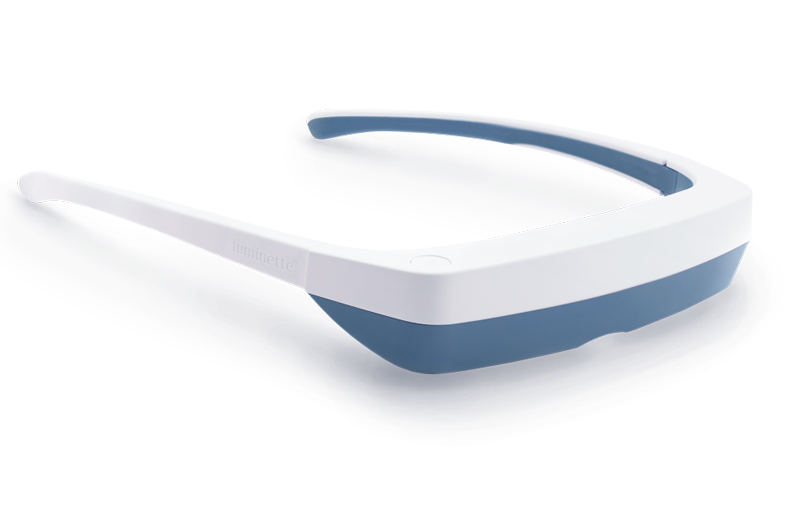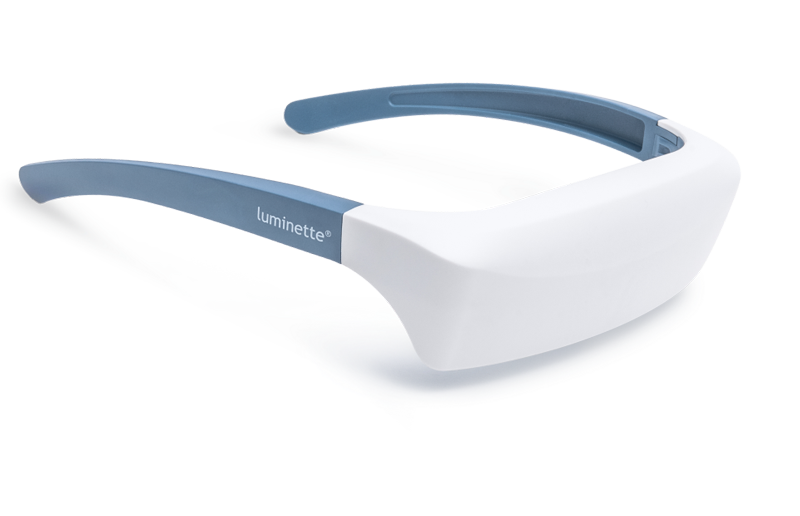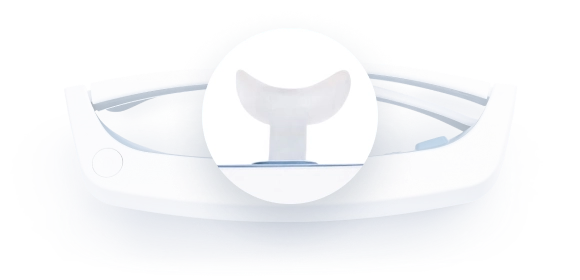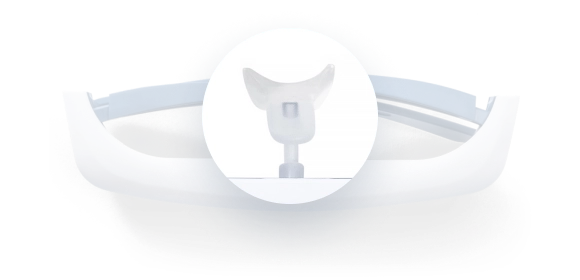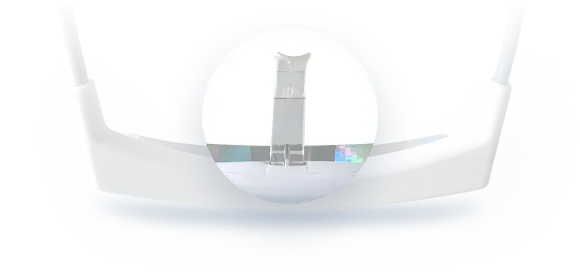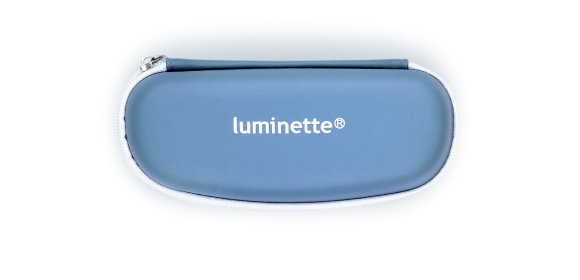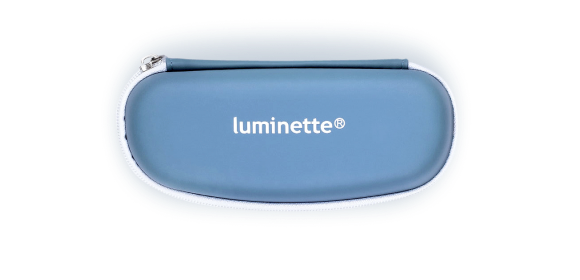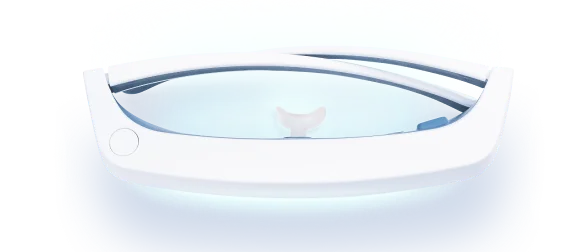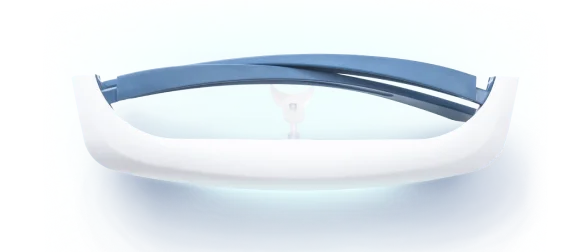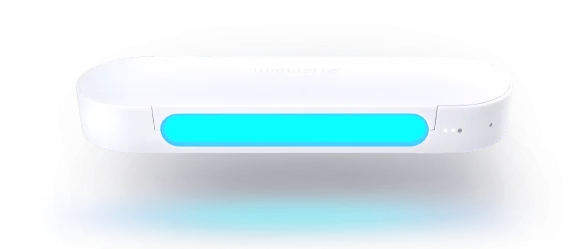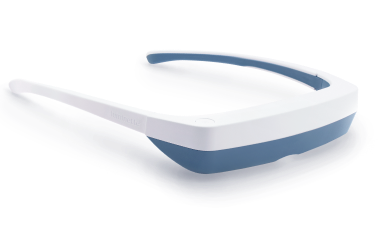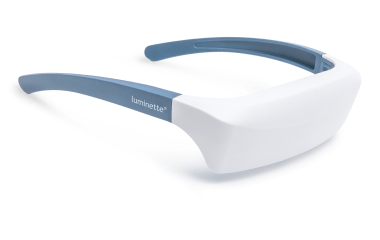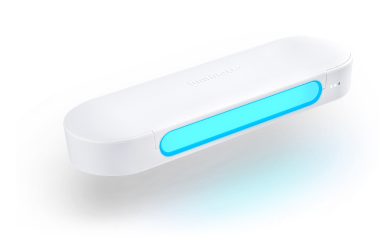Table of content
Humans are naturally inclined to seek sunlight, as it provides numerous benefits to our health and well-being. However, modern lifestyles and limited exposure to natural light can lead to a deficiency in sunlight, causing various issues such as mood fluctuations, low energy levels, and sleep disturbances. This is where light therapy lamps come in. Light therapy, also known as phototherapy, involves the use of a specially designed lamp that emits bright light to mimic the natural sunlight, providing a range of health benefits. In this article, we will explore the concept of light therapy, how it works, and the specific benefits of using a light therapy lamp.
What Is Light Therapy?
Light therapy is a form of treatment that involves exposure to specific wavelengths of light to treat various conditions. It is primarily used to simulate the effects of natural sunlight in situations where individuals may not have regular access to sunlight, such as during winter months or in regions with limited daylight hours. Light therapy can be used to address mental health disorders, sleep-related issues, and other conditions affected by light exposure.

What is a light therapy lamp?
A light therapy lamp is a device that emits bright and intense light, typically mimicking the natural sunlight. It is also known as a phototherapy lamp or sunlamp. The light produced by these lamps can range from 2,500 to 10,000 lux (a unit that measures the intensity of light). This is significantly stronger than indoor lighting, which ranges between 50 and 200 lux. Light therapy lamps are designed to be safe and easy to use, making them a convenient option for individuals seeking the benefits of natural light.
How Does Light Therapy Work?
Light therapy works by mimicking the effects of natural sunlight on our bodies. Our brains have a complex system that regulates our circadian rhythm (the internal clock that controls our sleep-wake cycle) based on the amount of light we receive. When exposed to bright light, certain areas of the brain are activated, signaling the production of hormones such as serotonin and melatonin. These hormones play a crucial role in regulating mood, energy levels, and sleep patterns.
Serotonin
Serotonin is often referred to as the "happy hormone" because it is responsible for regulating mood, happiness, and overall well-being. Exposure to bright light through light therapy lamps can increase the production of serotonin in the brain, improving mood and reducing symptoms of depression and anxiety.
Melatonin
Melatonin is a hormone that regulates our sleep-wake cycle. It is typically produced in the evening when it gets dark, signaling our bodies to prepare for sleep. Light therapy lamps can help regulate melatonin production by simulating natural sunlight, which signals the body to produce less melatonin during the day and more at night. This can help individuals with sleep disorders and those who experience disruptions in their sleep patterns due to limited exposure to natural light.
Health Benefits of Light Therapy Lamps
In recent years, light therapy lamps have garnered attention for their promising benefits in promoting physical and mental well-being. These devices, designed to mimic natural sunlight, are increasingly recognized as a practical solution for those dealing with seasonal affective disorder, sleep disturbances, and overall fatigue. By emitting a specific intensity of light, they serve to regulate the body's internal clock, enhance mood, and boost energy levels. The following sections will delve into the myriad ways light therapy lamps can contribute to health improvements, uncovering how harnessing the power of light can lead to a more balanced and energized life.
Improving Sleep Quality
Light therapy lamps can play a significant role in enhancing your sleep quality. Exposure to natural light during the day helps regulate the body's circadian rhythm, which is essential for maintaining a healthy sleep-wake cycle. Unfortunately, many people don't get enough sunlight due to indoor lifestyles or geographic location.
Using light therapy lamps in the morning can help reset your internal clock. The bright light signals your brain to reduce the production of melatonin, the hormone responsible for making you feel sleepy. This can help you feel more alert during the day and promote better sleep at night.
Research has shown that people who use light therapy lamps regularly experience improved sleep patterns. They tend to fall asleep faster and enjoy deeper, more restful sleep. This can lead to increased energy levels and better overall health.
Reducing Symptoms of Seasonal Mood Swings
Seasonal mood swings are a type of disorder that typically occur during the winter months when daylight hours are shorter. The lack of sunlight can disrupt your body's natural rhythms and lead to feelings of sadness, fatigue, and hopelessness.
Light therapy lamps are one of the most effective treatments for seasonal mood swings. The bright light simulates natural sunlight, helping to alleviate the symptoms associated with this condition. By using a light therapy lamp for about 20-30 minutes each morning, you can significantly reduce the severity of the symptoms.
Boosting Mood and Energy Levels
Feeling sluggish or down in the dumps? Light therapy lamps can be a natural and effective way to boost your mood and energy levels. The bright light from these lamps stimulates the production of serotonin and endorphins, which are known as the "feel-good" hormones.
Using a light therapy lamp in the morning can help you feel more energized and motivated throughout the day. It's especially beneficial for those who experience low energy levels during the winter months or struggle with chronic fatigue.
Incorporating light therapy into your daily routine can have a positive impact on your overall well-being. By improving your mood and energy levels, you can enhance your productivity, focus, and enjoyment of everyday activities.
Benefits Light Therapy Lamps for Skin Health
The powerful benefits of light therapy extend beyond mood enhancement and sleep regulation to include remarkable advantages for skin health. Different wavelengths of light have been proven to assist in treating a variety of skin conditions, such as acne, psoriasis, and eczema. By harnessing specific types of light, these lamps target and activate cellular processes that promote skin rejuvenation, reduce inflammation, and accelerate healing. As more people seek out noninvasive treatments, light therapy emerges as a promising solution within the dermatological field. In the following sections, we will explore how light therapy lamps contribute to healthier skin, illustrating their potential to aid in achieving a clearer, more radiant complexion.
Benefits for Acne Treatment
Light therapy isn't just for mood and sleep; it can also work wonders for your skin. Blue light therapy, in particular, has been shown to be effective in treating acne. Blue light penetrates the skin and targets the bacteria responsible for causing acne.
Regular use of blue light therapy can reduce the number of breakouts and improve the overall appearance of your skin. It's a noninvasive and painless treatment that can be done at home with a light therapy lamp designed for this purpose.
Unlike some acne treatments that can be harsh and irritating, blue light therapy is gentle on the skin. It doesn't cause dryness or redness, making it suitable for all skin types. Many people report noticeable improvements in their acne after just a few weeks of consistent use.
Anti-Aging and Skin Rejuvenation
Red light therapy is another popular application for light therapy lamps. This type of light penetrates deeper into the skin and stimulates the production of collagen and elastin, which are essential for maintaining youthful and healthy skin.
Regular use of red light therapy can help reduce the appearance of fine lines and wrinkles. It promotes skin rejuvenation by increasing blood circulation and reducing inflammation. Over time, this can lead to a more radiant and youthful complexion.
In addition to its anti-aging benefits, red light therapy can also help with conditions like rosacea, eczema, and psoriasis. It's a versatile treatment that can improve the overall health and appearance of your skin without the need for invasive procedures.
Benefits Light Therapy Lamps for Mental Health
Light therapy lamps have increasingly gained recognition not just for their physical benefits but also for their significant contributions to mental health. As a noninvasive option, these lamps hold transformative potential for individuals struggling with various mental health issues. Their ability to simulate natural sunlight helps elevate mood, combat depressive symptoms, and improve overall psychological well-being. Before delving into how light therapy can aid specific psychological conditions, it is essential to understand the underlying mechanisms by which these lamps can positively influence mental health. By exploring these influences, we can better appreciate their role in fostering emotional stability and resilience.
Alleviating Mood Disorders and Anxiety
Mood disorders and anxiety are common mental health conditions that can significantly impact your quality of life. Light therapy lamps have been shown to be effective in alleviating the symptoms of both conditions.
The bright light from these lamps helps regulate the production of neurotransmitters like serotonin and dopamine. These chemicals play a crucial role in mood regulation and can help reduce feelings of sadness and anxiety.
Using a light therapy lamp for about 30 minutes each morning can make a noticeable difference in your mood and mental well-being. It's a natural and noninvasive treatment that can be used in conjunction with other therapies or medications.
Boost Focus and Cognitive Function
Struggling to stay focused or feeling mentally foggy? Light therapy lamps can help improve your cognitive function and enhance your mental clarity. The bright light stimulates the brain and promotes alertness, making it easier to concentrate on tasks.
Research has shown that exposure to bright light can improve cognitive performance, memory, and reaction times. It's particularly beneficial for people who work in environments with limited natural light or have irregular sleep schedules.
Incorporating light therapy into your daily routine can help you stay sharp and focused throughout the day. It's a simple yet effective way to boost your productivity and mental acuity.
How to Use a Light Therapy Lamp?
Using a light therapy lamp is a simple and straightforward process. Here are some general guidelines for using a light therapy lamp:
-
Determine the optimal time for light therapy: Light therapy is typically most effective when performed in the morning, within two hours of waking up. This helps regulate the circadian rhythm and boost energy levels for the day.
-
Position the lamp correctly: Position the light therapy lamp at a distance of about 16 to 24 inches from your face. The light should be directed towards your eyes, but you shouldn't stare directly into the light. Some light therapy lamps have adjustable stands or brackets that allow you to position the lamp at the right angle.
-
Start with a short session: Begin with a 10 to 15-minute session and gradually increase the duration to 30 minutes to one hour, depending on your specific needs. It is important to start slowly to allow your body to adjust to the light therapy.
-
Keep a consistent schedule: For best results, perform light therapy sessions at the same time every day. Consistency is key to regulating the circadian rhythm and reaping the maximum benefits of light therapy.
-
Consult with a healthcare professional: If you have any underlying health conditions or concerns, it is advisable to consult with a healthcare professional before starting light therapy. They can provide personalized recommendations and guidelines based on your individual needs.
Choosing the Right Light Therapy Lamp
Choosing the right light therapy lamp is crucial to ensure its effectiveness and safety. Here are some factors to consider when selecting a light therapy lamp:
-
Brightness level: Look for a lamp that emits light in the range of 5,000 to 10,000 lux, as this intensity is similar to natural sunlight. The higher the lux level, the shorter the recommended session duration.
-
UV protection: Make sure the light therapy lamp you choose provides adequate UV protection. Excessive exposure to UV light can be harmful to the eyes and skin. Look for lamps that filter out harmful UV rays.
-
Size and portability: Consider the size and portability of the light therapy lamp, especially if you plan to use it in different locations or while traveling. Compact and lightweight lamps are more convenient for transportation.
-
Features and controls: Some light therapy lamps offer additional features such as adjustable brightness levels, timers, and programmable settings. Consider your preferences and needs when selecting a lamp with specific features.
-
Product reputation and reviews: Research and read reviews about different light therapy lamps to gauge their effectiveness and customer satisfaction. Look for reputable brands that specialize in light therapy products.

One light therapy lamp that stands out in the market is the Drive light therapy lamp by MyLuminette. The Drive lamp is specifically designed for individuals with an active lifestyle, providing a portable and convenient solution for light therapy. It offers a lux intensity of 10,000 lux, ensuring optimal light exposure for mood enhancement, increased energy levels, and regulation of the circadian rhythm. Its compact size and lightweight design make it ideal for use on the go. With positive customer reviews and a focus on quality and effectiveness, the Drive light therapy lamp is an excellent choice for those seeking the benefits of light therapy.
Are Light Therapy Lamps Safe?
Light therapy lamps are generally considered safe and noninvasive when used properly. However, it is essential to follow the manufacturer's instructions and consult with a healthcare professional if you have any underlying health conditions or concerns. Some individuals may have specific sensitivities or conditions that require additional precautions, such as using UV-filtered lamps or adjusting the light intensity.
What to Consider Before Starting Light Therapy?
Before starting light therapy, there are a few things to consider:
-
Consult with a healthcare professional: If you have any underlying health conditions or concerns, it is advisable to consult with a healthcare professional before starting light therapy. They can provide guidance and ensure that light therapy is suitable for your specific needs.
-
Duration and intensity: Determine the appropriate duration and intensity of light therapy for your individual needs. It is best to start with shorter sessions and gradually increase the duration to allow your body to adjust to the light.
-
Time of day: Light therapy is most effective in the morning, within two hours of waking up. Consider your daily schedule and determine the best time to incorporate light therapy into your routine.
-
Consistency: Consistency is crucial for light therapy to be effective. Establish a regular schedule and stick to it to regulate your circadian rhythm and reap the maximum benefits.
-
Eye protection: While light therapy lamps are designed to be safe for the eyes, it is advisable to avoid staring directly into the light. If you experience any discomfort, redness, or eye irritation, consult with a healthcare professional.

Conclusion
In conclusion, the benefits of light therapy lamps extend far beyond the glow they emit. As we've explored the various advantages, from mood elevation and sleep regulation to combating fatigue and improving overall well-being, it becomes evident that these devices are powerful tools in the pursuit of a healthier and more balanced lifestyle. The noninvasive nature of light therapy, coupled with its accessibility and minimal side effects, makes it an appealing option for those seeking alternatives to traditional interventions. Whether choosing a stationary light box for a dedicated space or opting for the flexibility of a portable device like the Light Therapy Lamp Drive, incorporating light therapy into daily life offers a practical and effective means to harness the positive effects of light for a brighter, more energized existence. As we embrace the illuminating possibilities of light therapy, we step into a realm where well-being meets innovation, empowering individuals to thrive in the radiance of their own health.
Frequently Asked Questions (FAQ) about Light Therapy Lamp Benefits:
What is a light therapy lamp?
A light therapy lamp is a device that emits bright light to simulate the effects of natural sunlight. It is used to treat various conditions and promote health benefits related to light exposure.
How does a light therapy lamp benefit my mood?
Exposure to bright light from a light therapy lamp triggers the release of serotonin, a neurotransmitter that plays a key role in regulating mood. Increasing serotonin levels can help improve mood and alleviate symptoms of depression.
How long should I use a light therapy lamp?
The duration of light therapy sessions can vary depending on the individual and their specific needs. It is advisable to start with shorter sessions, typically 10 to 15 minutes, and gradually increase the duration to 30 minutes to one hour. It is important to determine the appropriate duration for your specific condition and consult with a healthcare professional if you have any concerns.
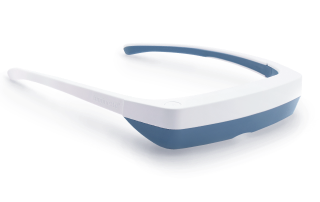
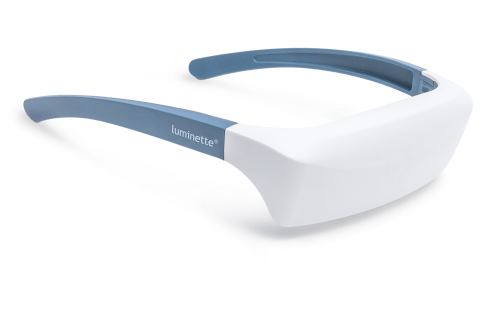
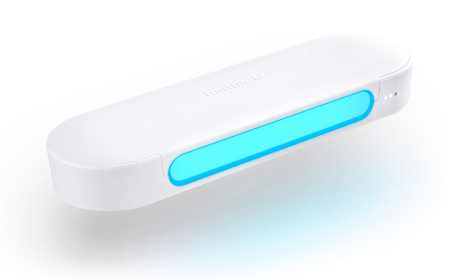
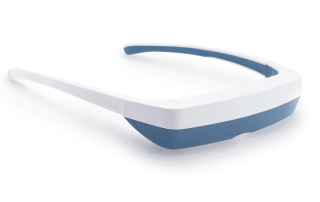
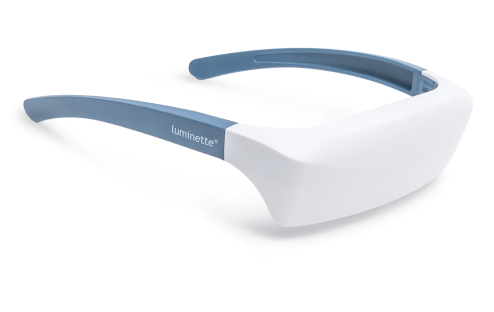
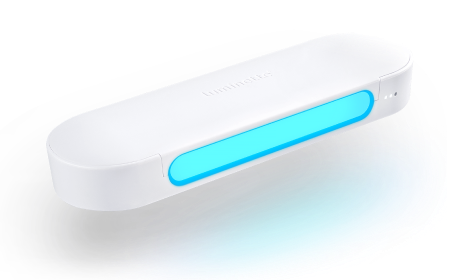
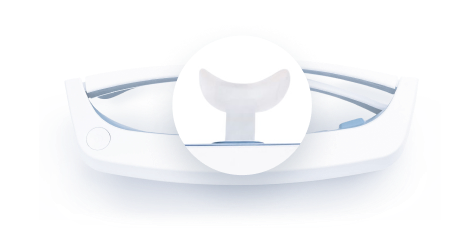
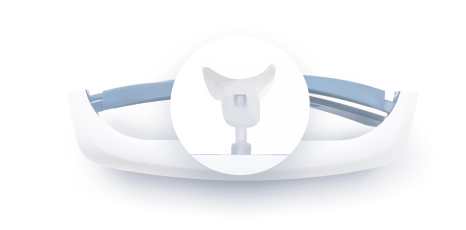
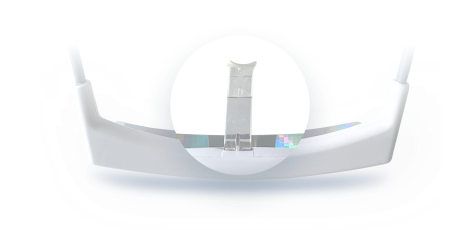
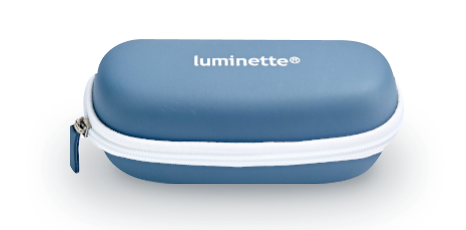
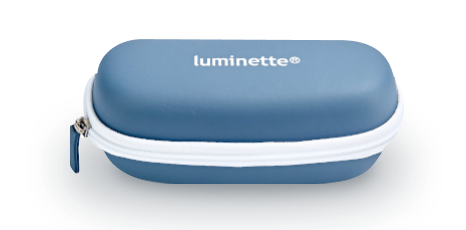





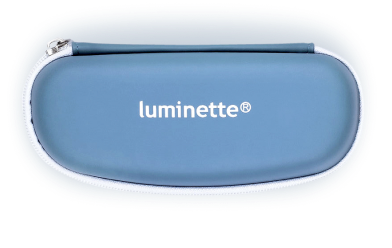
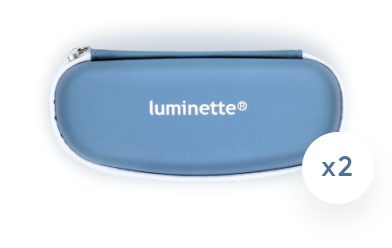
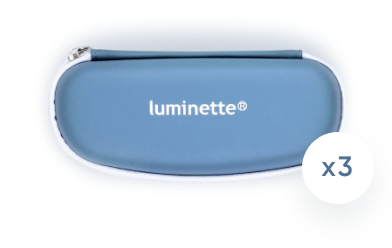
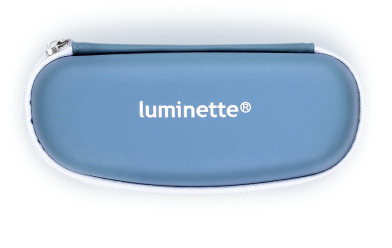
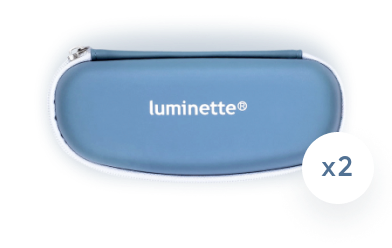
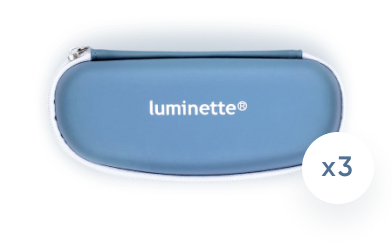
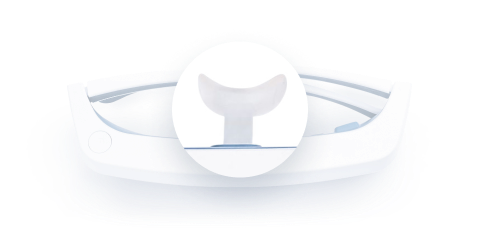
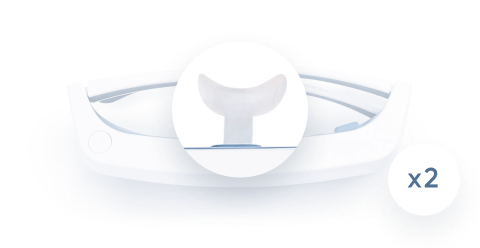
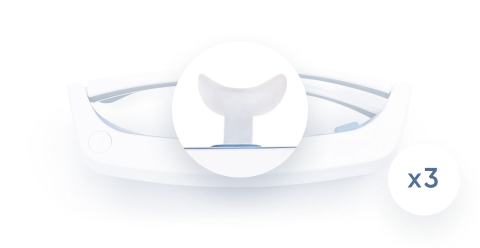
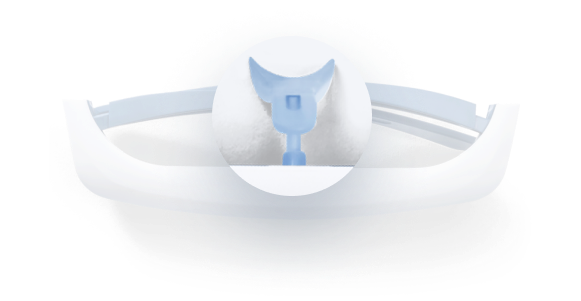
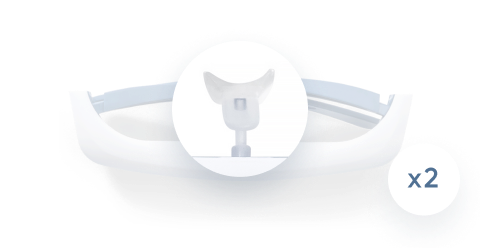
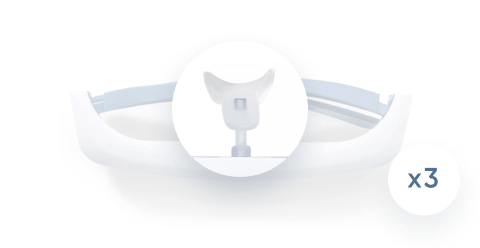
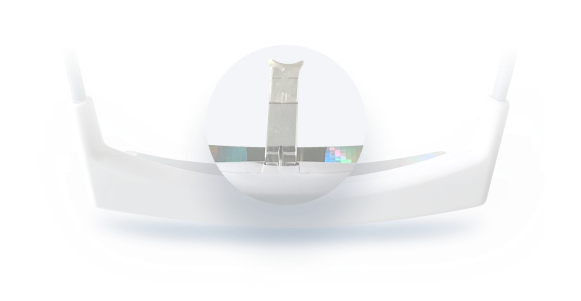
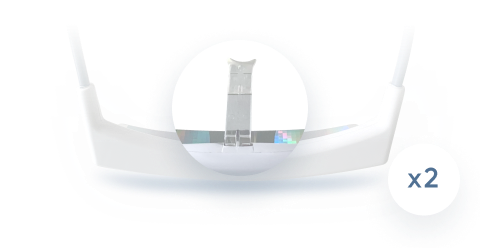
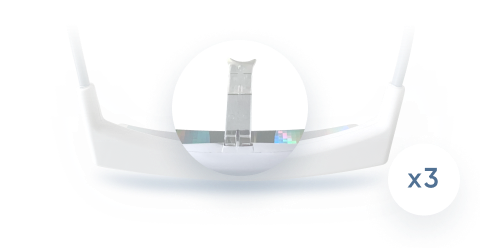
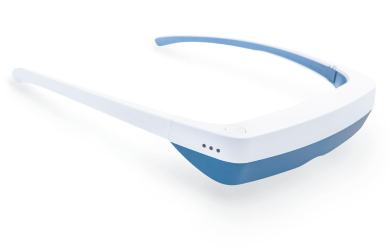

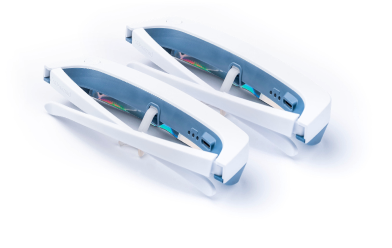
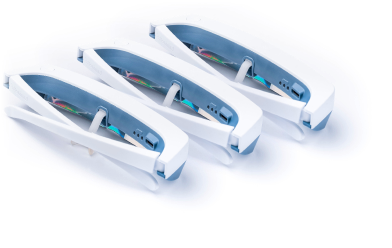
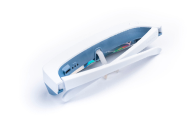
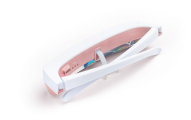
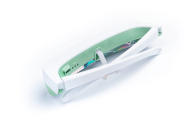
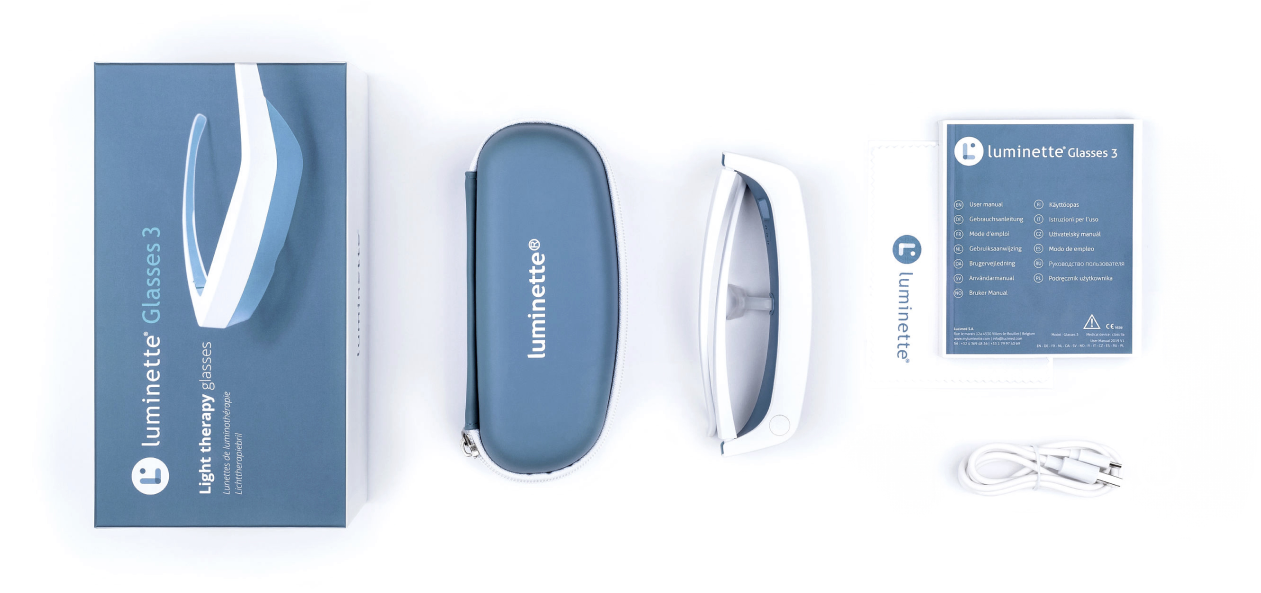
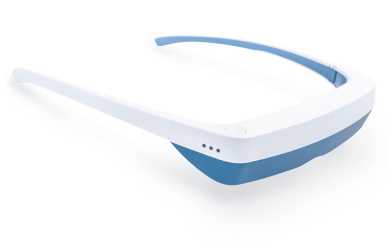
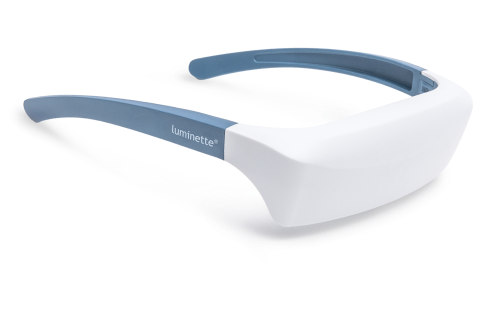
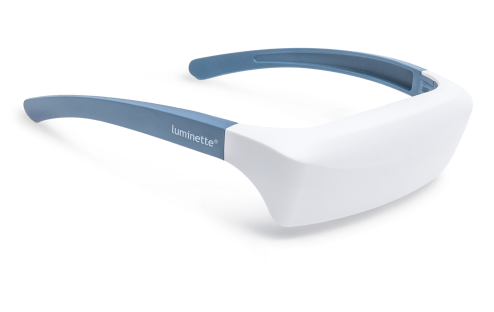
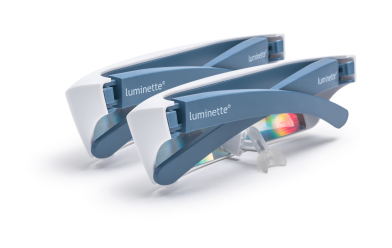
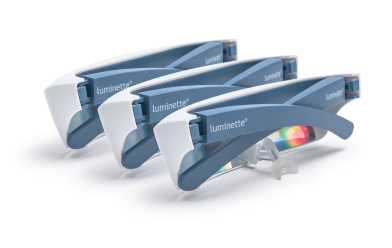
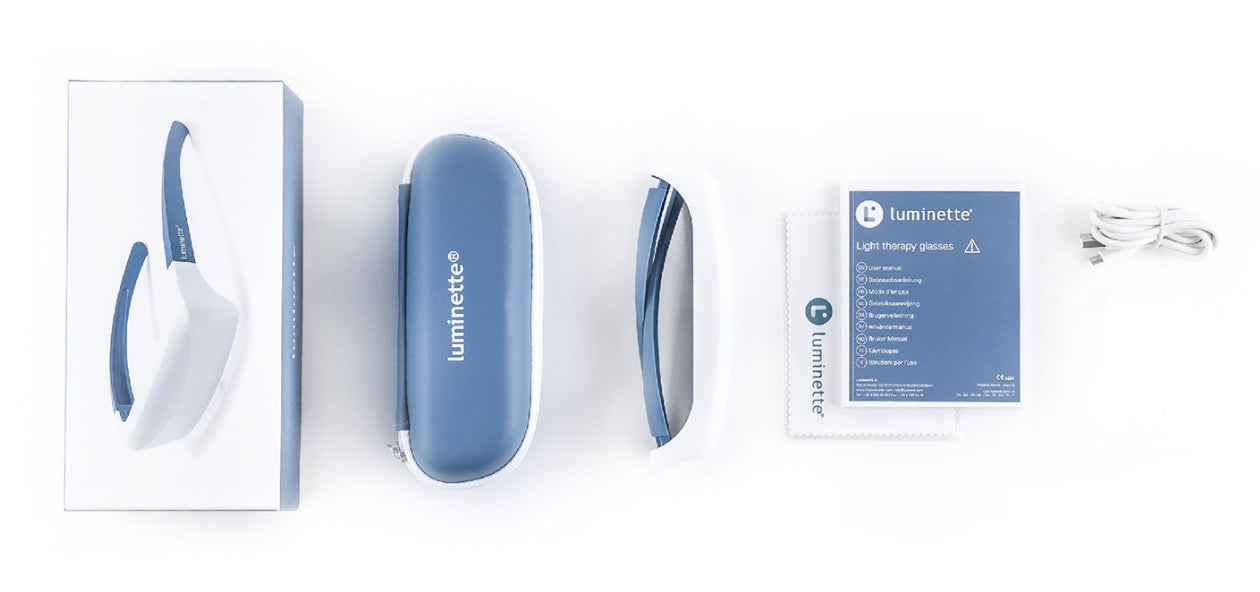
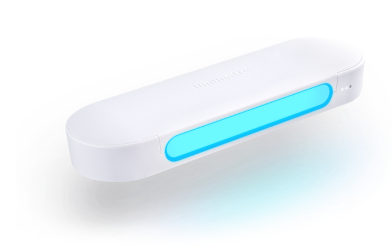
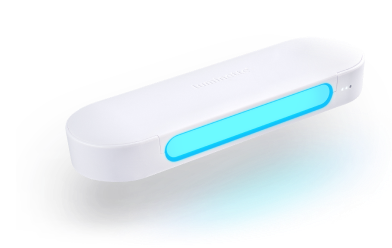
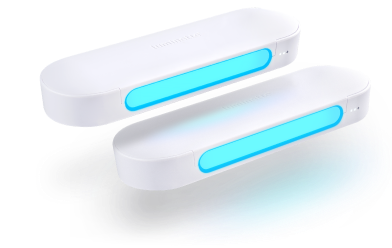
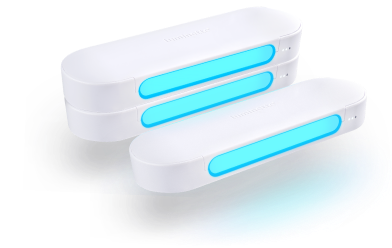
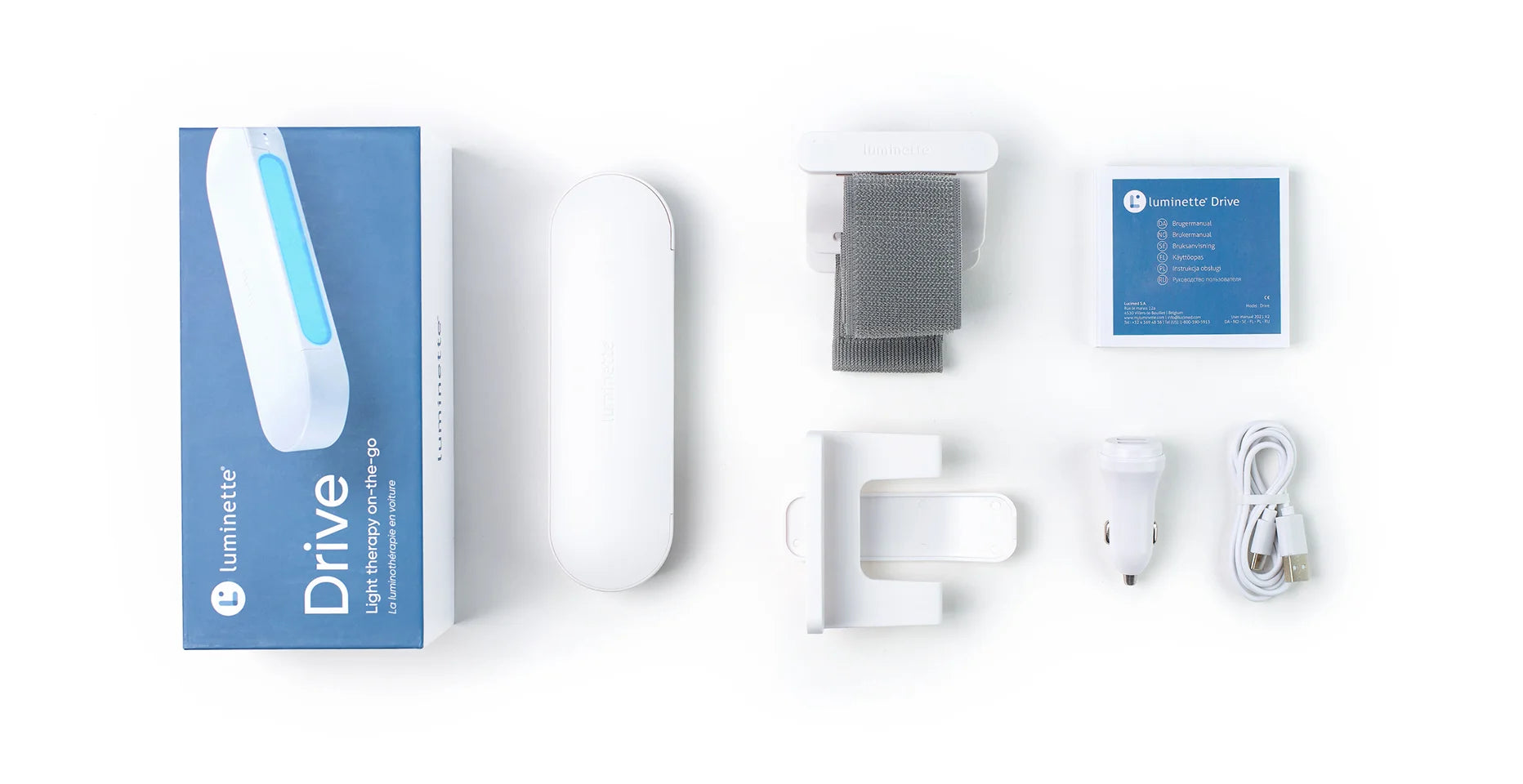

 Please note
Please note


